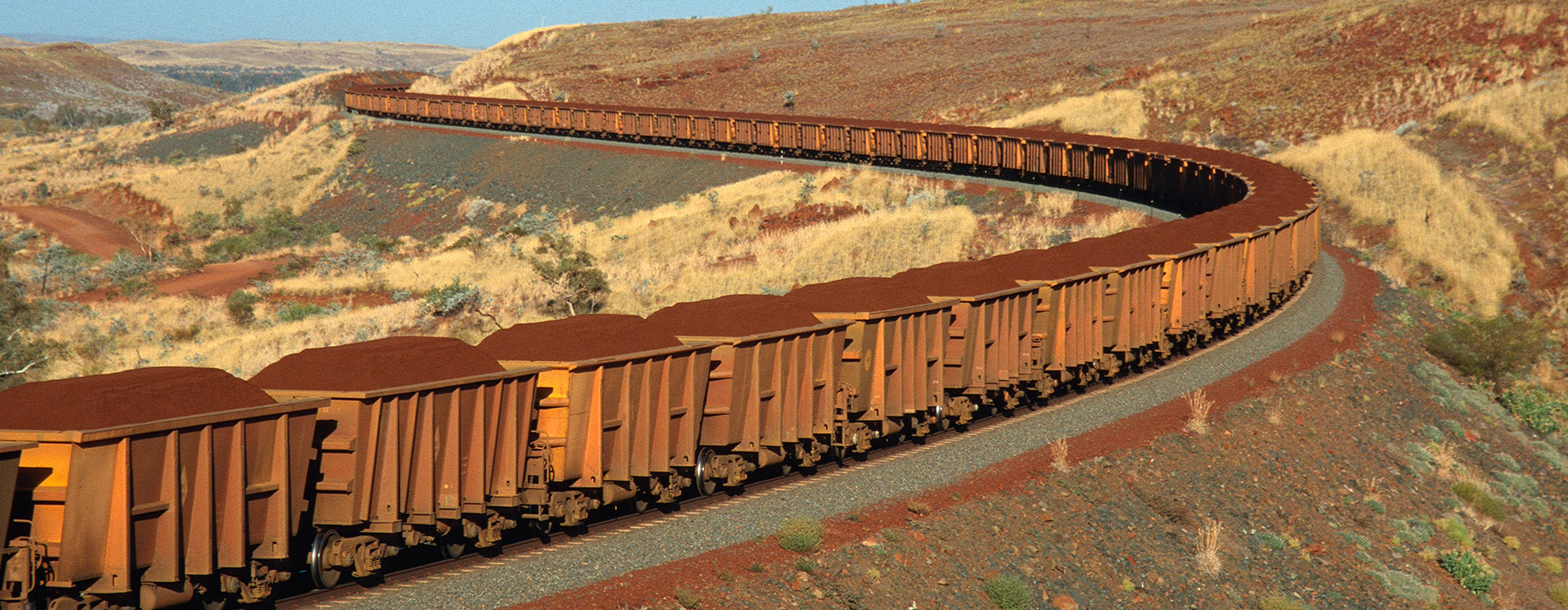Derailments can have significant safety and financial consequences and therefore when they occur, regardless of their severity, it is vital to understand all of the contributing factors, in addition to the root cause, to ensure steps can be taken to prevent reoccurrence.
The Situation
Rio Tinto is a leading global mining and metals company with numerous global projects and operations, including several iron ore operations in the Pilbara, Australia. The extensive heavy haul rail network in the Pilbara is approximately 1700km in length and services 15 mines.
Derailments can have significant safety and financial consequences and therefore when they occur, regardless of their severity, it is vital to understand all of the contributing factors, in addition to the root cause, to ensure steps can be taken to prevent reoccurrence.
It is vital to understand all of the contributing factors of a derailment, in addition to the root cause, to ensure steps can be taken to prevent reoccurrence.
Rio Tinto appointed Advisian following a significant derailment to undertake an investigation into causal factors and reoccurrence risk mitigation options.
Approach
Train derailment is a systems type of failure. The principal elements of the system are train and infrastructure assets in addition to operating protocols. Advisian investigated the derailment and created risk mitigation strategies using a systems approach to all aspects of the assignment.
Our approach was to employ a combination of physical evidence examination and vehicle dynamic performance simulation, to quantify train behaviour and train-track interactions leading up to the derailment.
Simulation results showed dynamic instability at specific operating speeds and predicted a high risk of derailment. Simulation results correlated strongly with physical evidence of immediate pre-derailment behaviour.
Results
The results of our investigations provided Rio Tinto with a clear understanding of the limitations associated with the specific vehicle types and how certain permissible asset and operating conditions could lead to further derailments.
Advisian addressed the question as to how derailment risk varies according to vehicle type and track configuration and maintenance conditions. To investigate this Advisian developed a Rolling Stock Dynamic Performance Assessment Standard. The standard applies to all existing and any future vehicle types proposed to be introduced to the Rio Tinto fleet.
The standard is based on the track configuration and maintenance standards applicable to the Rio Tinto network to ensure safe operation of trains. The standard also ensures dynamic performance of vehicles operating on the Rio Tinto network is optimised thus providing improved performance on that network.





